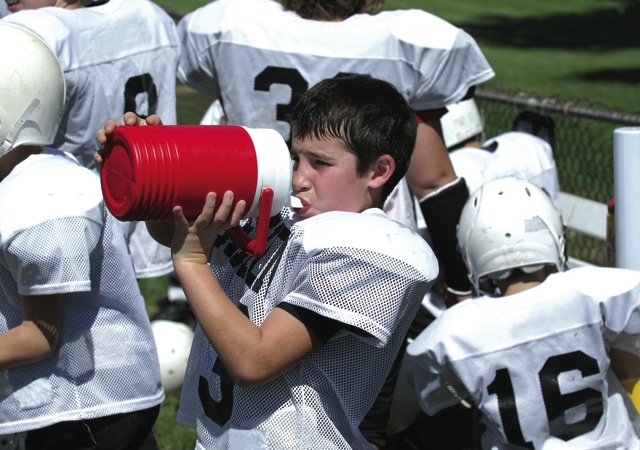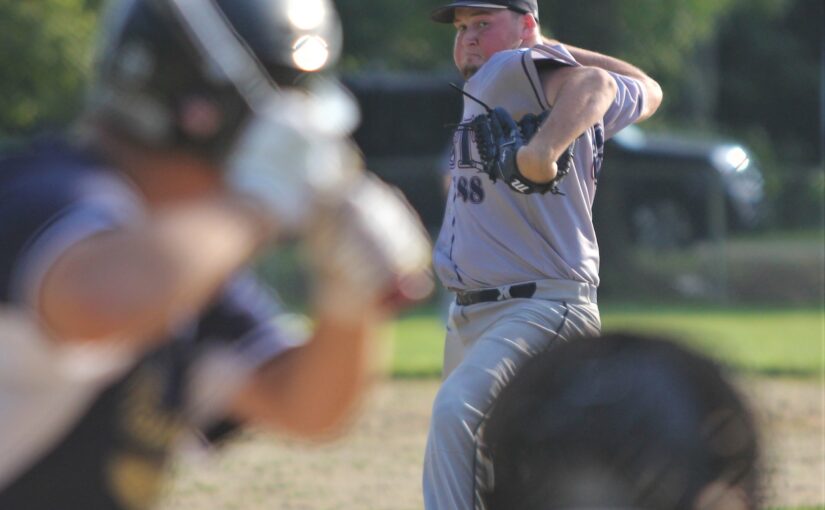How Professional-Level Strength and Conditioning Can Work for Your High School Baseball Team
{Sponsored} The majority of high school baseball players won’t become professionals. Some may play in college and a few might continue further and struggle to make it to the big leagues for years. If high school baseball coaches aren’t there to produce MLB athletes, then what can they do to improve players in ways that will impact them for the rest of their lives?Ryan Faer, the Arizona performance coordinator for the Cleveland Indians and a former high school baseball coach, thinks about it this way, “At the end of the day, coaches see these kids who became pre-med or go to law school or become enlisted. Doing the right things to help them develop as baseball players means when they don’t make it to the next level in their sport, they have something else.”
WHAT DOES FAER RECOMMEND?1. Use the correct strength and conditioning movements. The same movements that Faer prescribes for a professional are recommended for youth/amateur, but ramp down difficulty and complexity for lower level players. Ensure they have a solid squat. Work with their movement patterns unilaterally, such as using lunges in multiple plains, develop a push with the upper body and a pull or row with the upper body. Above and beyond that, bracing and core stability are important. The specifics depend on the capabilities and experience of each athlete.
2. As far as equipment is concerned, it can be pretty simple. A rack, barbells and some plates are good starters and must-haves for your average athlete with some conditioning experience. Kettlebells are an excellent piece of equipment for all of

the moving patterns. Dumbbells can be a great option as well. Medicine balls work well for baseball players because they can be held or thrown.
3. One of the biggest differences between high school and professional ball players is the way the professionals show up. The professionals are eating right, are independent and are focused on routine. They eat well consistently and stay hydrated. They get plenty of sleep. If you can help high school players even achieve one of these, they’ll be more prepared for baseball as well as life. It can be something as little as asking them if they ate breakfast, switching their snack to something healthy instead of chips, and making sure they’re eating enough. Start to find the little things and control them to the best of your abilities. The difference is that with professionals, they tackle all of the controllables at once, and with high school, just start with one.
4. Focus on the newest player in the weight room once you have everyone going on the fundamentals, and teach what you’re competent and comfortable teaching. The more tenured players will take care of themselves.
5. Keep doing strength and conditioning throughout the season. “It is hard to ramp back up, players will be risking residual soreness and it will be hard to adjust,” Faer said. “I am pretty firm in that I believe wins and losses are important. Coaches and kids care how they perform, but ultimately it is about development. Help the kids get stronger more physically fit and don’t limit development that can be done over the course of the four years.”
© 2018 Hammer Strength







